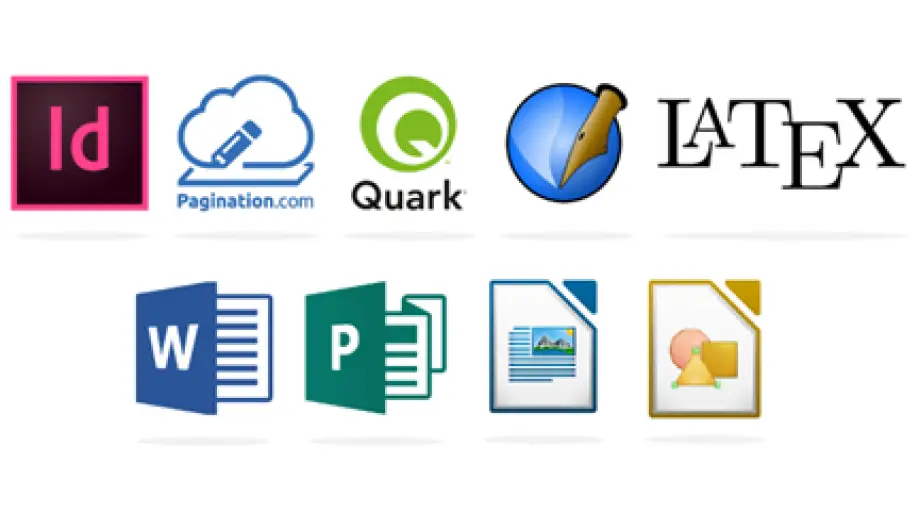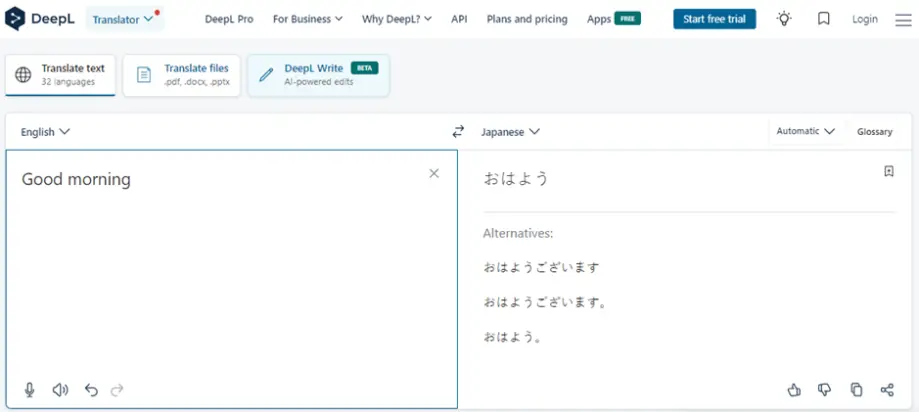
Jonalyn R. |
March 26, 2024
Shaping the future of translation
Desktop publishing (DTP), broadly defined, refers to the use of design software to create both physical and virtual content. With DTP, it became possible for individuals and small businesses to create high-quality publications without the need for expensive printing equipment or professional designers. And with the advent of digital publishing, DTP also encompasses the creation of materials for online distribution.

However, the realm of multilingual desktop publishing, or desktop publishing localization, presents unique challenges within the broader landscape of translation services. DTP localization’s objective is to replicate a translation in a way that faithfully mirrors the original content conceived by the client. This involves fine-tuning various elements such as typesetting and graphic placement to ensure that the text fits appropriately and the overall appearance closely resembles that of the source content.

Translated text frequently undergoes adjustments due to differences in sentence structure compared to the original. For instance, when translated from English, Filipino text may expand by up to 40 percent in word volume. Additionally, Arabic is written from right to left, necessitating heavy modifications in the formatting of the source material.
While translation is at the forefront of the localization process, the format of the content presents a distinct challenge. Whether these are official documents, out-of-home (OOH) materials, brochures, websites, videos, or games, the variety of mediums in an increasingly globalized world also opens endless opportunities for the localization industry. DTP plays a crucial role in ensuring that localized content not only fits seamlessly into diverse mediums but also adapted in a way that looks natural for the target audience.
Collaborative efforts between translators and DTP artists are essential for ensuring the seamless integration of translated content into visually appealing layouts. Translators provide the translated text along with context and cultural nuances, while DTP specialists handle the design and formatting aspects.
Maintaining visual consistency across languages is the core of DTP localization. We must ensure that translated content resonates effectively while upholding the brand’s integrity and reputation. At Lexcode, we’ve long since streamlined our localization workflow to offer premium DTP services, building our processes from scratch to cater to each client’s needs.

Years ago, when Lexcode was just starting, printed materials were still predominant. But nowadays, with technological advancement and consumer habits moving online, DTP has also changed and evolved to accommodate new formats in different mediums. The localization industry has been changing rapidly—particularly in recent years with a significant emphasis on automation and AI. In this evolving landscape, one must consider what role DTP will play in the future.
The emergence of AI-driven translation technologies represents a big leap forward in language translation. This has prompted widespread adoption across various industries where these technologies streamline workflows, cut costs, and enable the translation of large volumes of content at scale.
But what about on the DTP side? AI-powered DTP tools leverage machine learning algorithms to automate various aspects of the design and layout process, such as text extraction. By automating repetitive and time-consuming DTP tasks, DTP artists can focus on more strategic aspects of the localization process.

However, while these tools are very helpful, they require careful oversight and human intervention to ensure quality control. Even though AI technologies streamline processes and increase efficiency, they complement rather than replace the invaluable insights and creativity of our DTP artists. It is crucial to recognize the importance of embracing these new technologies while preserving the human touch. While AI can streamline processes and enhance efficiency, human creativity, judgment, and cultural understanding remain indispensable in ensuring the accuracy and effectiveness of localized content.
Looking ahead, DTP is poised to continue playing a vital role in localization, though in a transformed capacity. The future of DTP in an AI-driven landscape holds promise for greater automation, customization, and collaboration. The enduring significance of DTP in ensuring high-quality localized content cannot be overstated.
In this dynamic landscape, AI combined with human expertise will continue to drive innovation and excellence in localization and translation. At Lexcode, we are committed to maintaining our position at the forefront of this transformation, continuously striving to deliver high-quality, culturally resonant content to global audiences.